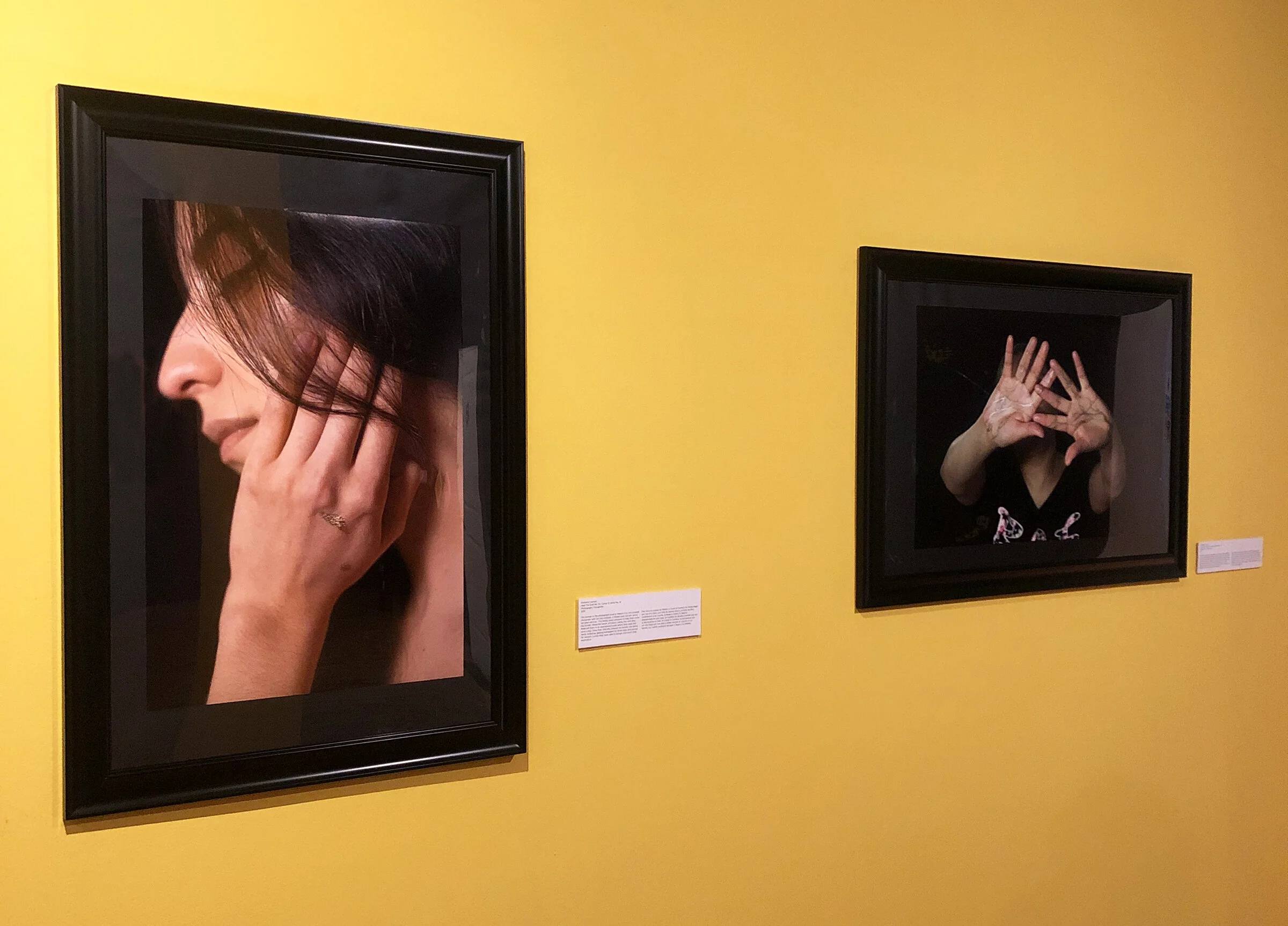D’Art Gallery in Denver is currently contemplating the past—and it’s entrusting us to the capable guidance of artists Jean B. Smith, Lydia Riegle, and Suzanne Frazier. Their exhibits Shaken, Stirred, Savored (Smith and Riegle, Main Gallery) and 5 Decades of Art (Frazier, Gallery East) both interpret the theme of “retrospective”—the former in terms of “looking back on or dealing with past events or situations,” and the latter in terms of “the development of an artist’s work over a period of time.” In the midst of more than a year of upheaval and uncertainty, a theme of such reflection could not have come at a better time. Focusing on lively, mid-century design principles and on the lessons learned over a full artistic career, respectively, these exhibitions are a joyful escape.
Welcome to DARIA: Denver Art Review, Inquiry, and Analysis, a publication devoted to art writing and criticism focused on the Denver-area visual art scene. DARIA seeks to promote diverse voices and artists while fostering critical dialogue around art.





















